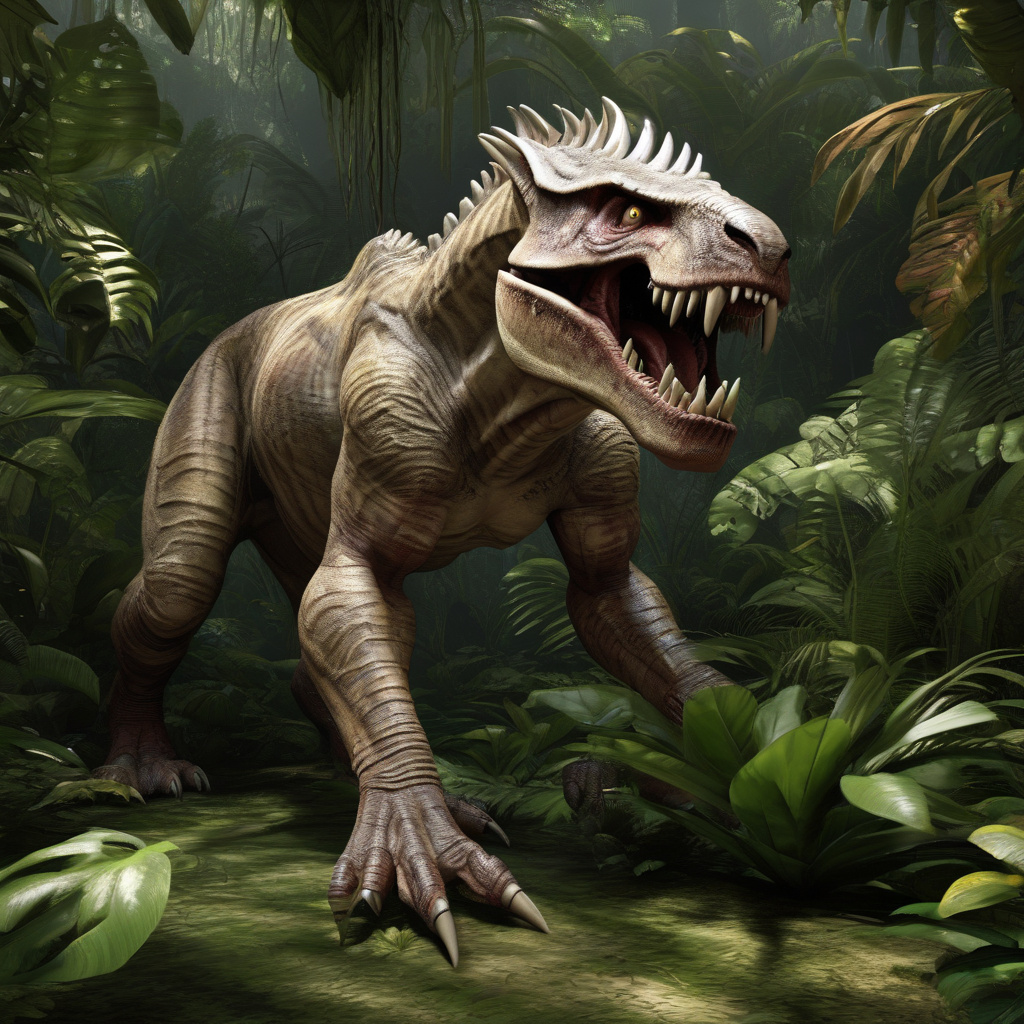Prehistoric Predator Chewed More Bones to Endure Global Warming 56 Million Years Ago
Some 56 million years ago, the planet witnessed rapid climatic changes. As the global temperatures soared during the Paleocene-Eocene Thermal Maximum (PETM), Earth’s inhabitants, including the formidable prehistoric predators, faced a challenge unlike any other. In the midst of this climatic turmoil, a fascinating adaptation emerged among the apex predators of that era, shedding light on the remarkable resilience of ancient creatures in the face of environmental upheaval.
Recent research has unveiled a compelling strategy employed by one of the top predators of the time, Andrewsarchus. This massive carnivorous mammal, which roamed the Earth during the Eocene epoch, resorted to an unconventional method to cope with the effects of global warming. Fossil evidence indicates that Andrewsarchus intensified its bone-crushing behavior during the PETM, displaying a significant increase in the consumption of bones from its prey.
But why would a predator consume more bones during a period of global warming? The answer lies in the nutritional benefits that bones offer. As the rise in temperatures altered ecosystems and disrupted traditional food sources, Andrewsarchus turned to bones as a valuable resource rich in essential nutrients like calcium and marrow. By adapting its diet to include more bone consumption, this prehistoric predator found a way to supplement its nutritional needs during challenging times.
The phenomenon of increased bone consumption in response to environmental changes sheds light on the remarkable adaptability of ancient species. It underscores the intricate ways in which prehistoric creatures adjusted their behaviors to survive in ever-changing conditions. The case of Andrewsarchus serves as a poignant example of how innovation and adaptation are not exclusive to modern-day organisms but have deep roots in the evolutionary history of life on Earth.
Furthermore, this ancient adaptation offers valuable insights for contemporary conservation efforts and our understanding of biodiversity in the face of current climate challenges. By studying how prehistoric predators like Andrewsarchus coped with environmental stressors, scientists can glean important lessons that may inform conservation strategies for today’s vulnerable species. The resilience displayed by these ancient creatures serves as a testament to the power of adaptation in the survival of species across millennia.
As we grapple with the impacts of present-day global warming and biodiversity loss, the story of Andrewsarchus presents a compelling narrative of resilience and resourcefulness in the face of adversity. By looking to the past, we can gain a deeper appreciation for the natural world’s capacity to endure and evolve in response to environmental changes. The lessons learned from ancient adaptations may hold the key to shaping a more sustainable future for life on Earth.
In conclusion, the discovery of Andrewsarchus’s increased bone consumption during the PETM offers a fascinating glimpse into the strategies employed by prehistoric predators to navigate periods of global warming. This ancient adaptation not only highlights the ingenuity of ancient creatures but also provides valuable insights for contemporary conservation efforts and our collective response to environmental challenges. By honoring the resilience of species from the past, we can better equip ourselves to safeguard the biodiversity of our planet for generations to come.
prehistoric, predator, global warming, adaptation, resilience












